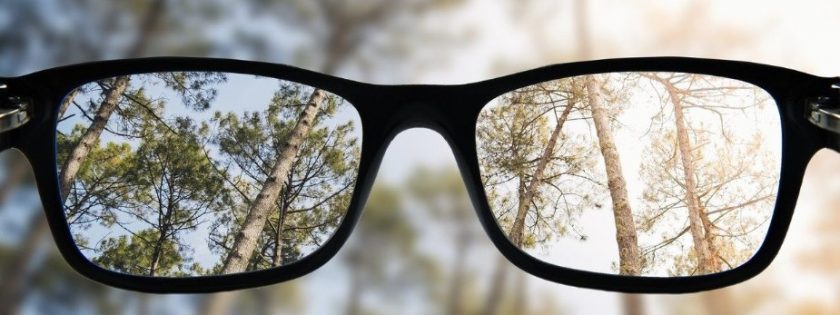In our previous article, we talked about the safety of Ortho K. In today’s article, we will talk about what your child will go through during Orthokerathology 角膜塑形镜 treatment. Parents should have an understanding of the procedure to avoid any complications that could arise during the course of the treatment. This will also increase the success of the treatment.
Procedure of Ortho K
Ortho K is available @ Evershine Optical. The table below shows what will be done at each visit at Evershine Optical:
| 1st Visit | Comprehensive eye examination will be conducted by an optometrist: – Subjective and Objective Refraction – Binocular vision Test – Corneal Topography – Eye Heath Examination – Eye Pressure This is to assess whether your child is suitable for Orthokeratology Treatment – Axial Length This is to measure the length of the eyeball and use it as a baseline measurement to monitor your child’s myopia progression in the subsequent follow-ups. Measurements will be taken if your child is suitable: – Diameter of iris – Curvature of the eye This is to order the Ortho K lenses for your child Our optometrists will also go through a consent form with you for you to better understand the Ortho K treatment your child will be undergoing. |
| 2nd Visit (When Ortho K lenses are ready) | During the 2nd visit, our optometrist will check the vision and fit of the Ortho K lens on your child. If the vision and fit is good, we will teach you and your child insertion and removal of the lens, cleaning regimen of the lens, Dos and Don’ts of contact lenses. Before dispensing the lenses, we will also advise on the things to do when your child experiences redness or pain after inserting the Ortho K lenses. |
After dispensing the lens,
It is not the end after collecting the Ortho K lenses. There will follow-up visits to ensure your child’s eye health, whether the lenses are working for your child and the condition of the lenses.
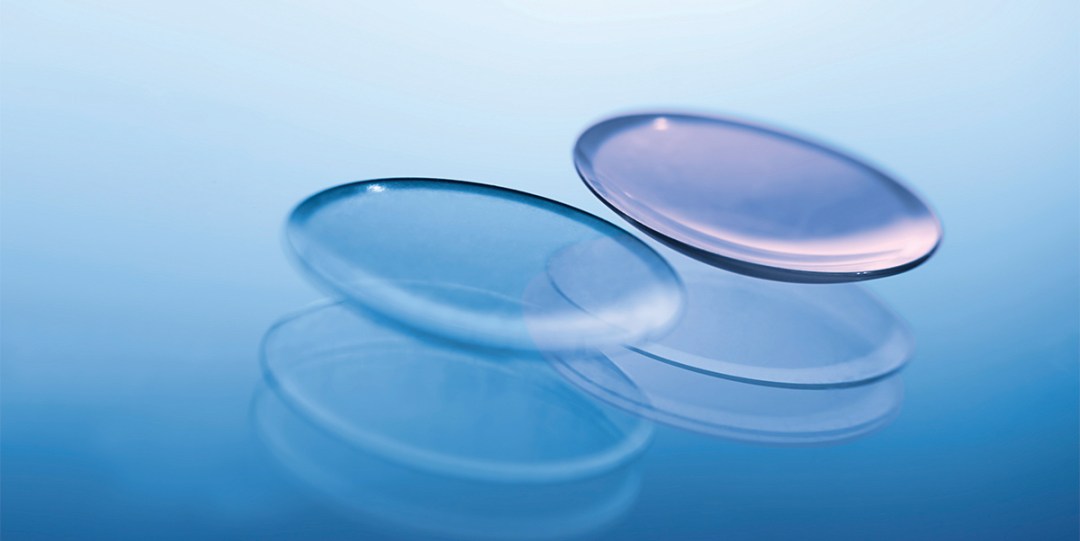
| 3rd Visit (The next morning, within 2 hrs after removal of lenses) | Eye examination will be conducted: – Check the curvature of the eye (corneal topography) – Vision without correction (spectacles, contact lenses) – Objective and Subjective refraction – Health of the eye – Fit of the Ortho K lenses This is to assess the effect of the ortho k lens on your child’s eye after a night’s wear. If needed, we will prescribe some daily disposable soft contact lenses for daytime use. |
| 4th Visit (One week later in the morning) | The same eye examination will be conducted. By the 4th visit, your child should have clear vision without vision correction |
Subsequent follow-up sessions,
| 5th Visit (1 month later in the evening) 6th Visit (3 months later in the evening) 7th Visit (6 months later in the evening) | The same eye examination will be conducted to asses your child’s eye health and vision. Also, to determine if your child needs vision correction towards the end of the day. From the 3 months’ follow-up onwards, axial length will also be measured. This can better monitor if your child’s myopia is progressing and whether OrthoK is effective for him. |
After the 7th visit, a regular eye examination every 3-6months is required to monitor your child’s myopia progression (by measuring eye degree and axial length) and eye health.
A visit @ Evershine Optical can always be scheduled if your child experiences eye pain, eye redness, blurry vision after insertion or removal.
If your child experiences eye pain, eye redness after inserting the Ortho K lenses, remove the lenses immediately and either seek help from an eye specialist or come back to us.
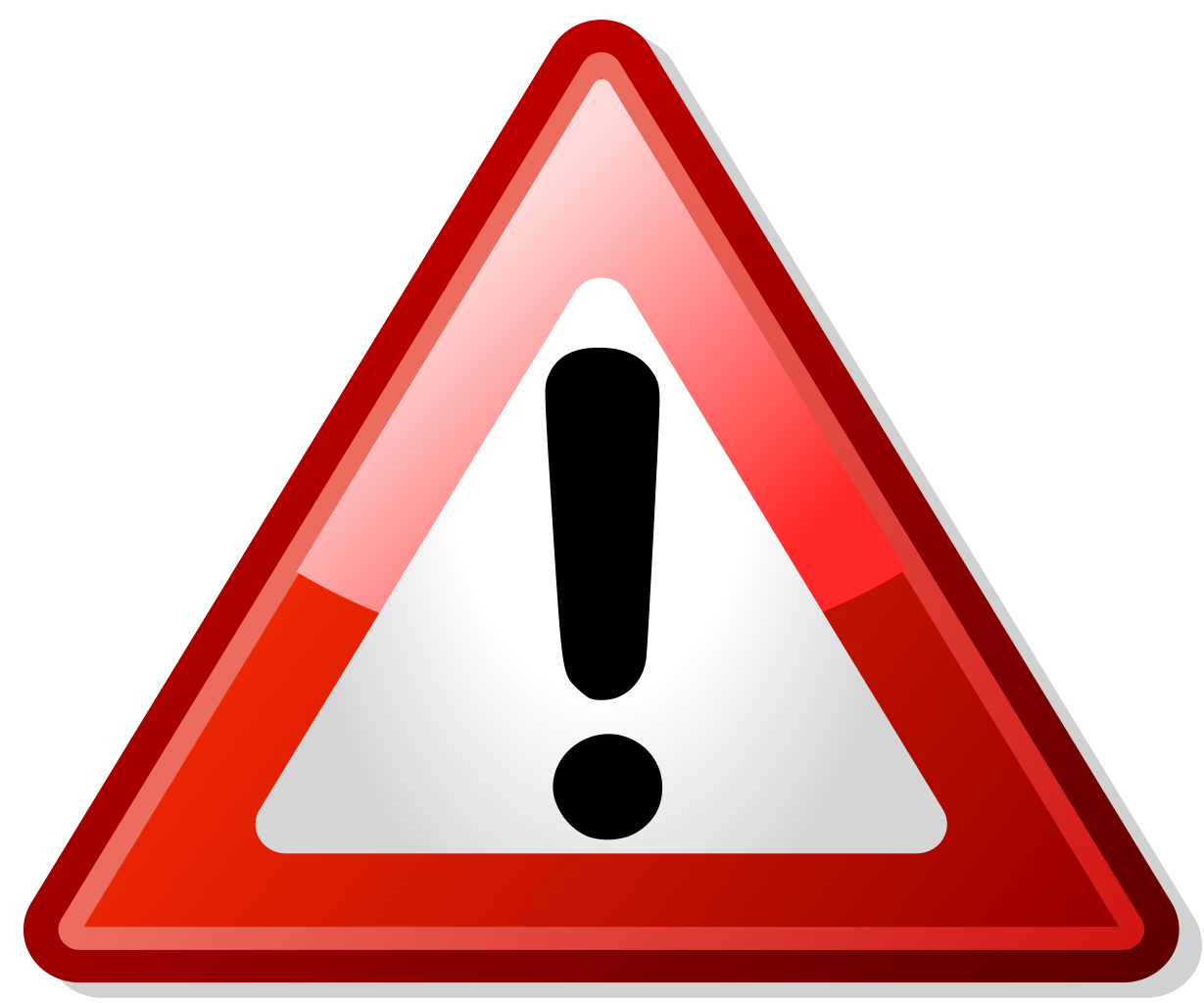
The follow-up visits are important to assess:
- Health of your child’s eyes,
- Monitor your child’s myopia (by measuring eye degree and axial length)
- How long the Ortho K effects last in a day
- Whether your child will need spectacles towards the end of the day
- Conditions of the lenses.
Follow up visits (during office hours) are included in the cost of orthokeratology treatment for one year.
Is spectacle still needed after Ortho K Treatment?
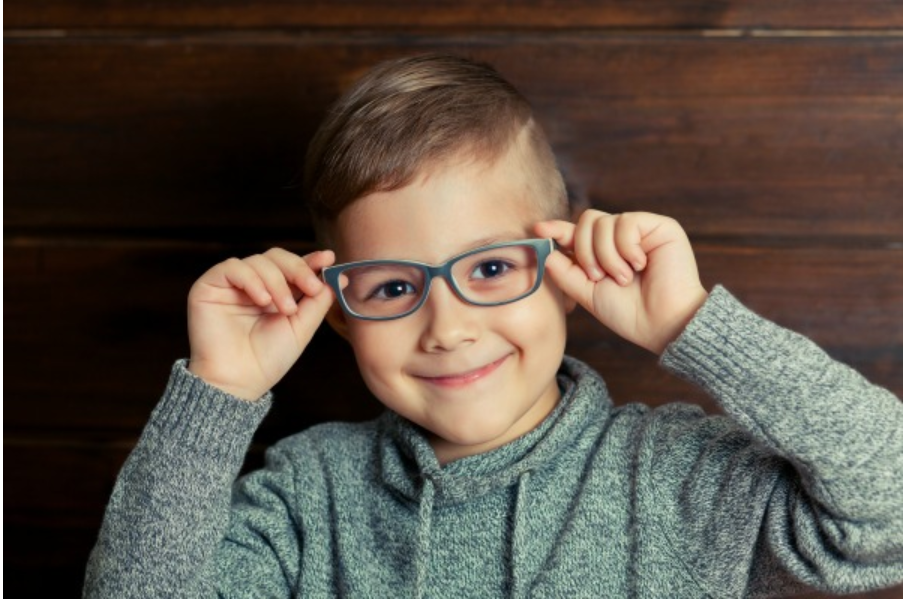
Ortho K is a reversible process, hence your child’s vision might be slightly reduced towards the end of the day. Depending on your child’s lifestyle and daily activities, spectacles might be needed towards the end of the day. However, the spectacle will be of a lower degree than what your child originally had.
The degree of the spectacle will be determined through an eye examination during the time of the day when the child complains of blurry vision. A pair of spectacle that is lower in degree will act as a spare pair of spectacle for unforeseen circumstances such as eye infection where cessation of lens wear is needed, when your child forgets to wear Ortho K for a night or replacement of Ortho K lenses is needed.
In case of an eye infection
For any type of lens wear, there will be risk of infection. Patients might experience pain or redness in the eye. Some might even experience blurriness in the affected eye even after removal of Ortho K lenses. Your child should remove the lenses immediately and visit eye specialist or come back to us upon experiencing eye pain or redness in the eye.
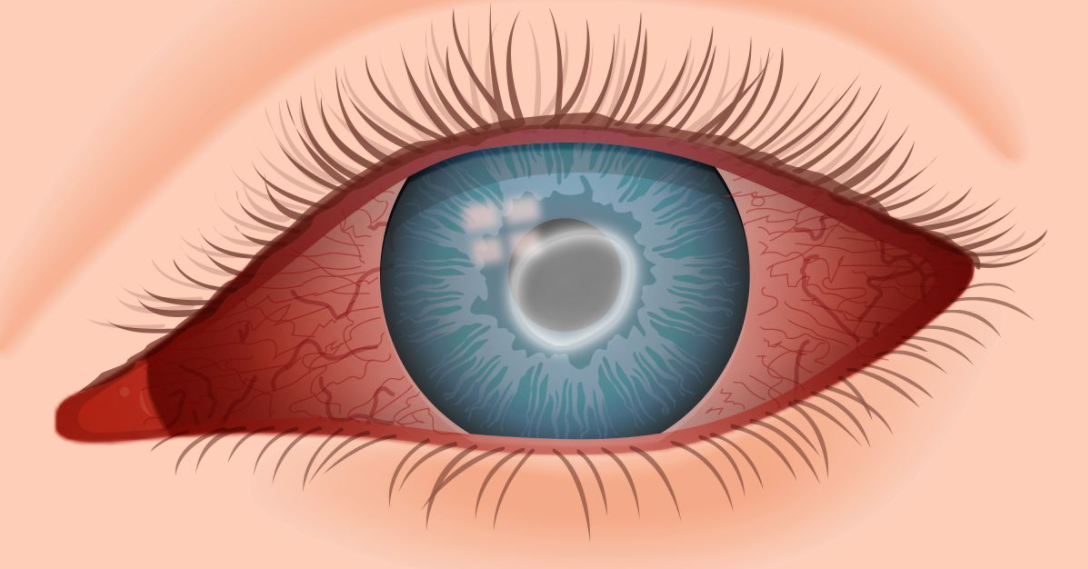
During your visit if we find out that your child have signs of eye infection or inflammation, we will advise your child to cease lens wear for at least a week. During this period, due to the cessation of lens wear, your child’s cornea will slowly revert back to its original shape and will need to rely back on spectacle. Hence, a spare pair of spectacles of a lower degree that what your child originally had is important. We will need to refer your child to an eye specialist or A&E department if the eye infection is severe.
There will be follow-up visits scheduled for your child to monitor on eye health. We will need to continue to cease lens wear if the signs and symptoms of eye infection or inflammation still persists. However, if the signs or symptoms worsen, we will need to refer your child to an eye specialist or A&E department.
Once the signs and symptoms subside, we will then advise your child to continue lens wear.
Replacement of Ortho K lenses
It is recommended to replace Ortho K lenses annually. The replacement can be more often depending on the conditions of the lenses.
During the follow-up visits, other than assessing your child’s eye health and power, we will also check the condition of the Ortho K lenses which your child is using. This is to ensure that your child is maintaining the lenses well and there are no deposits build-up, scratches or breakage of the lens. These can lead to discomfort when wearing lenses and higher risks of eye complications such as infections.
The image below shows a soft contact lens chipped off:
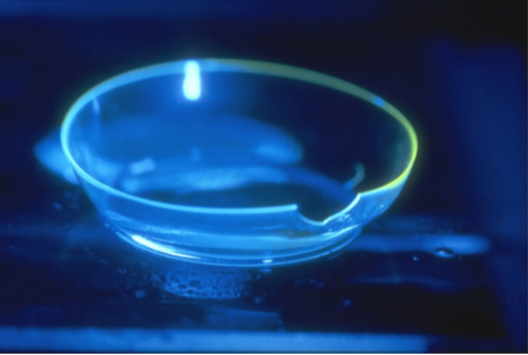
If the Ortho K lenses are in poor condition, we will revise on how to maintain the lens with your child and the lenses might need to be replaced. Hence, the replacement of the lenses also depends on how well your child maintain the Ortho K lenses.
Ortho K lenses are customized rigid contact lenses, hence it will take 2 weeks for the lenses to be ready. During these 2 weeks, if your child’s current Ortho K lenses are in poor conditions for usage, he will need to rely on spectacles or contact lenses of lowered degree during the first week and will need spectacle or contact lenses of his original degree during the second week.
Hence, it is also important to have a spare pair of Ortho K lenses.
Book an appointment with us to find out if your child is suitable for Ortho K lenses!
Reference
- Euclid Ortho-K Contact Lenses Practitioner Fitting Manual. Euclid.
- Orthokeratology Lens System Practitioner Guide. Euclid.
Updated on 21 Nov 2023

